Table of Contents
Are electronics allowed in carry-on luggage? The answer is yes, you can bring electronics in your carry-on luggage, but there are some regulations you need to be aware of. It’s important to understand the rules and restrictions to avoid any issues at the airport.
The Transportation Security Administration (TSA) has strict guidelines for what you can and cannot bring on board, including electronic devices. These regulations are in place to ensure the safety of passengers and crew members. In this article, we will cover the rules for carrying electronics in your carry-on luggage, specific devices and their rules, battery regulations, and more.
Key Takeaways
- Electronics are allowed in carry-on luggage, but there are rules and restrictions to follow.
- The TSA has specific rules for carrying electronic devices, including laptops, tablets, and smartphones.
- Batteries are also subject to regulations, and there are some prohibited items that you cannot bring on board.
Are Electronics Allowed in Carry-On Luggage?
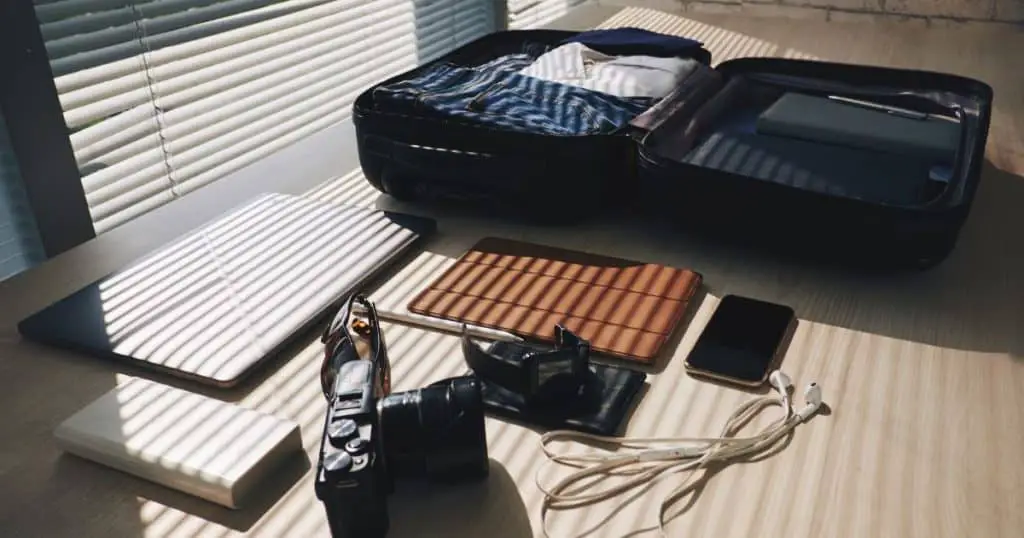
You’re all set for your upcoming trip. You’ve packed your bags, double-checked your itinerary, and printed your boarding pass. But before you head out the door, you need to make sure you understand the rules and regulations surrounding carry-on luggage.
Carry-on luggage is the bag or backpack you bring with you onto the plane. It’s important to know the guidelines for carry-on luggage because it’s the bag that will be with you throughout the flight. You’ll want to make sure you have everything you need, but you also don’t want to bring too much and risk having to check it at the gate.
The TSA has strict guidelines for carry-on luggage. Make sure your bag meets the size requirements, which are typically 22 inches by 14 inches by 9 inches. You’ll also want to make sure your bag isn’t too heavy, as there are weight restrictions as well. Additionally, you’re allowed to bring a personal item, such as a purse or laptop bag, as long as it fits under the seat in front of you.
When it comes to electronics, the TSA allows you to bring them in your carry-on luggage. However, there are a few things to keep in mind. Laptops, tablets, and other large electronics must be removed from your bag and placed in a separate bin during the screening process. This is to ensure that the electronics are properly screened and don’t pose a security risk.
If you’re traveling with a lot of electronics, it’s a good idea to pack them in an organized and easily accessible way. This will make the screening process go more smoothly and help prevent any damage to your devices. You may also want to consider packing your electronics in a protective case to further prevent damage.
In summary, understanding carry-on luggage is an important part of air travel. Make sure your bag meets the size and weight requirements, and don’t forget about the personal item. When it comes to electronics, you’re allowed to bring them in your carry-on luggage, but be prepared to remove them during the screening process. With a little preparation, you can make sure your trip goes smoothly and stress-free.
Regulations for Electronics in Carry-On Luggage
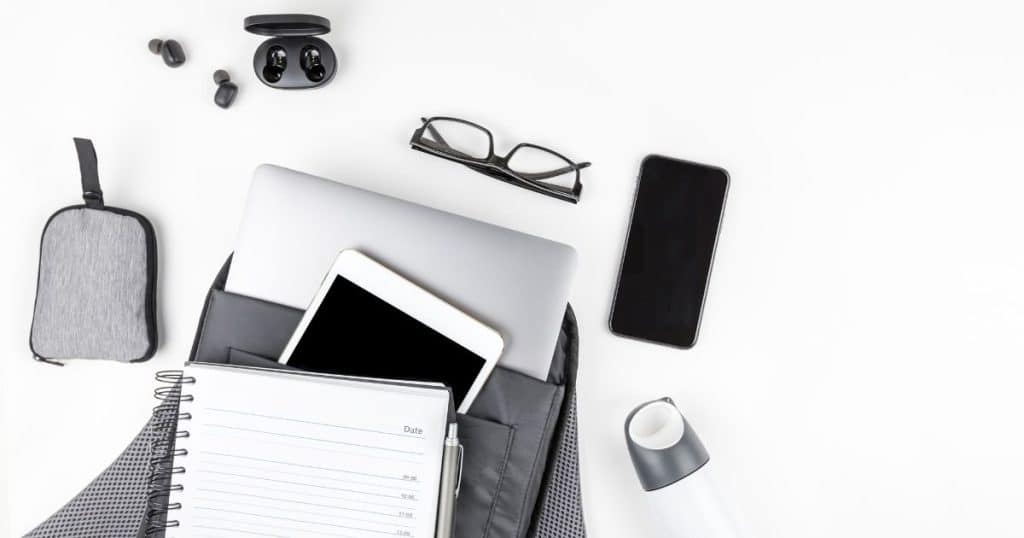
Are you planning to travel soon and wondering if you can bring your electronics in your carry-on luggage? It’s a common question, and the answer is yes, you can! However, there are some regulations you need to follow to ensure a smooth security screening process at the airport.
The Transportation Security Administration (TSA), a government agency responsible for airport security in the United States, has strict regulations on what electronics are allowed in carry-on luggage. The Federal Aviation Administration (FAA) also has regulations on portable electronic devices containing batteries.
According to TSA regulations, most consumer personal electronic devices containing batteries are allowed in carry-on and checked baggage, including but not limited to cell phones, smartphones, data loggers, PDAs, electronic games, tablets, laptop computers, cameras, camcorders, watches, and calculators.
However, there are some restrictions on larger electronic devices such as laptops, which must be removed from their cases and placed in a bin for X-ray screening separately.
It’s important to note that some electronics are prohibited in both carry-on and checked baggage, such as hoverboards, Samsung Galaxy Note7 smartphones, and e-cigarettes. These items are considered hazardous materials and pose a safety risk to passengers and crew.
To avoid any confusion or delays at the airport, it’s recommended to review the prohibited items list on the TSA website before packing your bags. You can also use the TSA’s “What Can I Bring?” tool to check if a specific item is allowed in your carry-on or checked baggage.
In addition to TSA regulations, the FAA has regulations on portable electronic devices containing batteries, which are allowed in carry-on luggage but must be packed properly. Portable chargers or power banks containing a lithium-ion battery must be packed in carry-on bags, not checked bags.
By following these regulations, you can ensure a stress-free airport security screening process and enjoy your travels without any hiccups.
Are you planning a trip and wondering if you can bring your favorite electronic devices with you in your carry-on luggage? The good news is that most electronic devices are allowed in your carry-on, but there are some rules and restrictions you need to be aware of. In this section, we’ll go over the specific rules for different electronic devices so you can travel with confidence.
Specific Electronic Devices and Their Rules

Laptops and Tablets
Laptops and tablets are allowed in your carry-on luggage, but they must be screened separately at security checkpoints. You will need to remove them from your bag and place them in a bin for screening. Make sure your laptop or tablet is fully charged, as TSA officers may ask you to power it on to prove that it is a working device.
Cell Phones and Chargers
Cell phones are allowed in your carry-on luggage and do not need to be removed from your bag for screening. You can also bring your cell phone charger in your carry-on, but be aware that some airlines may have restrictions on the type of charger you can bring. It’s always a good idea to check with your airline before you travel.
Cameras and Watches
Cameras and watches are allowed in your carry-on luggage, but they must be screened separately at security checkpoints. You will need to remove them from your bag and place them in a bin for screening. Make sure your camera is fully charged, as TSA officers may ask you to power it on to prove that it is a working device.
Electronic Cigarettes and Smoking Devices
Electronic cigarettes and other smoking devices are allowed in your carry-on luggage, but they cannot be used on the airplane. You must also follow the TSA’s rules for liquids, which means that you can only bring a certain amount of e-liquid with you in your carry-on.
Power Banks and Battery Charging Cases
Power banks and battery charging cases are allowed in your carry-on luggage, but they must be placed in a separate bin for screening. Make sure your power bank or charging case is fully charged, as TSA officers may ask you to power it on to prove that it is a working device. Keep in mind that there are restrictions on the size of the battery you can bring, so check with your airline before you travel.
In summary, most electronic devices are allowed in your carry-on luggage, but there are rules and restrictions you need to be aware of. Make sure you follow the TSA’s guidelines and check with your airline before you travel to ensure a smooth and stress-free trip.
Batteries and Their Regulations

Are you planning to bring your electronic gadgets on your upcoming trip? Before packing your bags, it’s important to know the regulations regarding batteries and their quantity limits in carry-on luggage. In this section, we’ll discuss the rules and restrictions for different types of batteries, including lithium batteries, AAA, and button cell batteries.
Lithium Batteries
Lithium batteries are commonly used in electronic devices such as laptops, cameras, and smartphones. The TSA allows you to bring lithium-ion batteries or lithium-metal batteries with a watt-hour rating of less than 100Wh in your carry-on luggage. However, spare (uninstalled) lithium-ion batteries with a watt-hour rating of more than 100Wh are not allowed in checked baggage and must be carried in your carry-on luggage only. With airline approval, you may also carry up to two spare larger lithium-ion batteries (101-160Wh) or lithium-metal batteries (2-8 grams).
AAA and Button Cell Batteries
AAA and button cell batteries are commonly used in small electronic devices such as calculators, remote controls, and digital watches. These batteries are allowed in both carry-on and checked baggage. However, if you’re carrying spare batteries, they must be protected from damage and short circuits. Battery-powered devices must also be protected from accidental activation and heat generation.
When packing your batteries, make sure to keep them in their original packaging or place them in individual plastic bags to prevent contact with metal objects such as coins, keys, or other batteries. This will help prevent short circuits and fires.
In summary, when packing your electronic devices, it’s important to know the regulations regarding batteries in carry-on luggage. Lithium batteries with a watt-hour rating of less than 100Wh are allowed in carry-on luggage, while spare lithium-ion batteries with a watt-hour rating of more than 100Wh are not allowed in checked baggage. AAA and button cell batteries are allowed in both carry-on and checked baggage, but spare batteries must be protected from damage and short circuits. By following these regulations, you can ensure a safe and hassle-free travel experience.
Prohibited Items and Potential Risks

When you’re packing for a trip, it can be tempting to throw everything you need into your carry-on luggage. However, it’s important to be aware of what items are prohibited and the potential risks they can pose.
The Transportation Security Administration (TSA) has strict rules about what can and cannot be brought onto an airplane. Some items, such as firearms and ammunition, are obviously prohibited. But there are other items that may surprise you, like plasma lighters, electronic lighters, and arc lighters. These lighters are prohibited because they can create a dangerous evolution of heat and sparks, which could lead to a fire.
In addition to lighters, there are other items that can be dangerous and are therefore prohibited. For example, heating elements and locks are not allowed in carry-on luggage because they can be used as weapons. Liquids and gels are also restricted, and any containers that hold more than 3.4 ounces must be placed in checked luggage. Alcoholic beverages with more than 24% alcohol content are limited in checked bags to 5 liters per passenger and must be in unopened retail packaging.
There are also potential risks associated with unintentional activation or accidental activation of certain items. For example, electronic devices like laptops and tablets can accidentally turn on and overheat, potentially causing a fire. Batteries can also short-circuit and cause a fire. That’s why it’s important to pack these items carefully and make sure they are turned off and secured in your carry-on luggage.
Finally, it’s important to note that hazardous materials are strictly prohibited on airplanes. This includes items like ammunition and firearms, as well as explosives, flammable materials, and radioactive materials. If you’re unsure whether an item is considered hazardous, it’s best to check with the TSA or your airline before you travel.
Overall, it’s important to be aware of what items are prohibited and the potential risks they can pose when packing your carry-on luggage. By following the TSA’s rules and guidelines, you can help ensure a safe and stress-free travel experience.
Packing Electronics for Travel
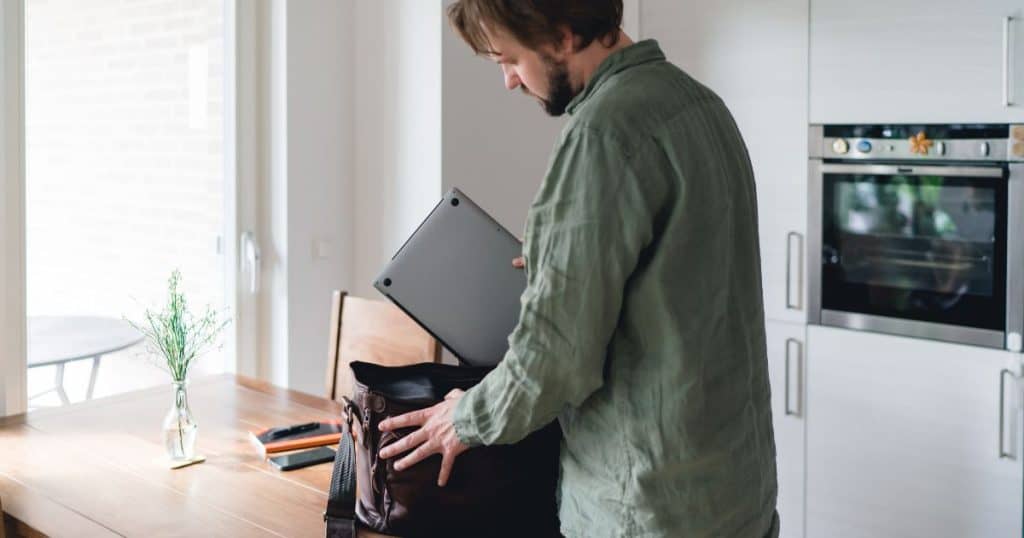
You’re all set for your upcoming flight. You’ve packed your clothes, shoes, and toiletries, but what about your electronics? Can you bring them with you in your carry-on luggage? The answer is yes, but there are a few things you need to keep in mind to ensure a smooth and hassle-free travel experience.
First of all, it’s important to note that airlines allow passengers to bring personal electronic devices in their carry-on luggage, such as laptops, tablets, and smartphones. These devices can be used during the flight, but they must be turned off during takeoff and landing.
When packing your electronics, it’s essential to make sure they are well-protected. You don’t want to risk damaging them during transit. It’s recommended that you pack your electronics in a protective case or sleeve and place them in your carry-on bag. Avoid packing them in your checked luggage as they may be damaged or lost during transit.
Another thing to keep in mind is that your electronics must be easily accessible for security screening. You will need to remove them from your bag and place them in a separate bin for X-ray screening. This includes items such as laptops, tablets, and cameras. Be sure to pack them in a way that makes them easy to remove and place in the bin.
When going through security, it’s important to be mindful of the flight attendants and other passengers. Avoid holding up the line by being prepared and organized. If you have any questions or concerns, don’t hesitate to ask for assistance.
In summary, you can bring your electronics into your carry-on luggage, but it’s important to pack them properly and be prepared for security screening. By following these tips, you can ensure that your electronics arrive at your destination safely and securely.
Are you planning to travel soon and wondering if you can bring your electronic devices in your carry-on luggage? You’re not alone! Many people have questions about what they can and cannot bring on a flight. While the Transportation Security Administration (TSA) has clear rules about what is allowed in carry-on luggage, there are some special cases and exceptions to consider.
Traveling with a Pet
If you’re traveling with a pet, you can bring electronic devices in your carry-on luggage, but you’ll need to follow some additional rules. You’ll need to remove your pet from its carrier and send the carrier through the X-ray machine. You’ll also need to carry your pet through the metal detector with you. If you have an electronic device that is larger than a cell phone, you’ll need to remove it from your carry-on and place it in a bin for screening.
Baby Food and Formula
If you’re traveling with a baby, you can bring baby food and formula in your carry-on luggage, but you’ll need to follow the TSA’s 3-1-1 liquids rule. This means that you can bring a reasonable amount of baby food and formula in your carry-on, as long as each container is no more than 3.4 ounces (100 milliliters) and all containers fit in a single quart-sized bag. You’ll need to remove the bag from your carry-on and place it in a bin for screening.
It’s important to note that the TSA may need to do additional screening on these items, so allow extra time for security screening if you’re traveling with baby food or formula.
In conclusion, while the TSA has clear rules about what is allowed in carry-on luggage, there are some special cases and exceptions to consider. If you’re traveling with a pet or a baby, make sure you follow the additional rules to ensure a smooth and stress-free travel experience.
FAQs
If you’re planning to travel soon, you’re probably wondering what electronics you can bring on a plane. With so many rules and regulations, it can be tough to keep track of what’s allowed and what’s not. To help you out, we’ve put together a list of frequently asked questions about electronics and air travel.
What electrical items can I take on a plane?
You can bring a wide variety of electronic devices on a plane, including laptops, tablets, e-readers, cameras, and smartphones. You can also bring items like hair dryers, curling irons, and electric razors. However, there are some restrictions on what you can bring, so be sure to check with your airline before you travel.
Can I bring electronics in my carry-on?
Yes, you can bring electronics in your carry-on luggage. In fact, it’s recommended that you keep valuable electronics with you at all times, rather than checking them in your luggage. However, there are some restrictions on what you can bring, so be sure to check with your airline before you travel.
What is not allowed in a carry-on bag?
There are some items that are not allowed in a carry-on bag, including liquids over 3.4 ounces, sharp objects like knives and scissors, and flammable items like lighters and matches. You can find a full list of prohibited items on the TSA website.
What electronics are not allowed in checked luggage?
There are some electronics that are not allowed in checked luggage, including spare lithium batteries and power banks. You should always carry these items with you in your carry-on luggage.
How many electronics can you bring on a plane internationally?
The number of electronics you can bring on a plane internationally varies depending on the airline and the destination. In general, you can bring as many electronics as you want, as long as they fit within the size and weight restrictions for carry-on luggage.
Can I bring unopened electronics on a plane?
Yes, you can bring unopened electronics on a plane. However, you should be prepared to remove them from their packaging if asked to do so by security. It’s also a good idea to keep the receipt with you, in case you need to prove that the item is new and unused.
That’s it for our frequently asked questions about electronics and air travel. Remember to always check with your airline before you travel, to make sure you’re following all the rules and regulations. Happy travels!

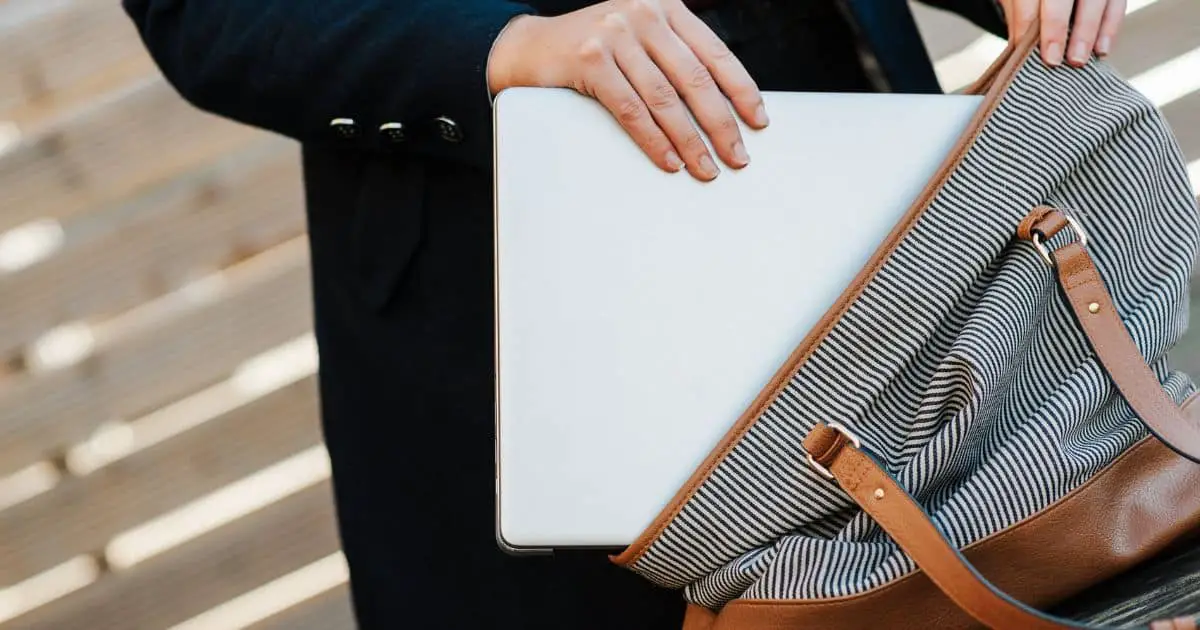
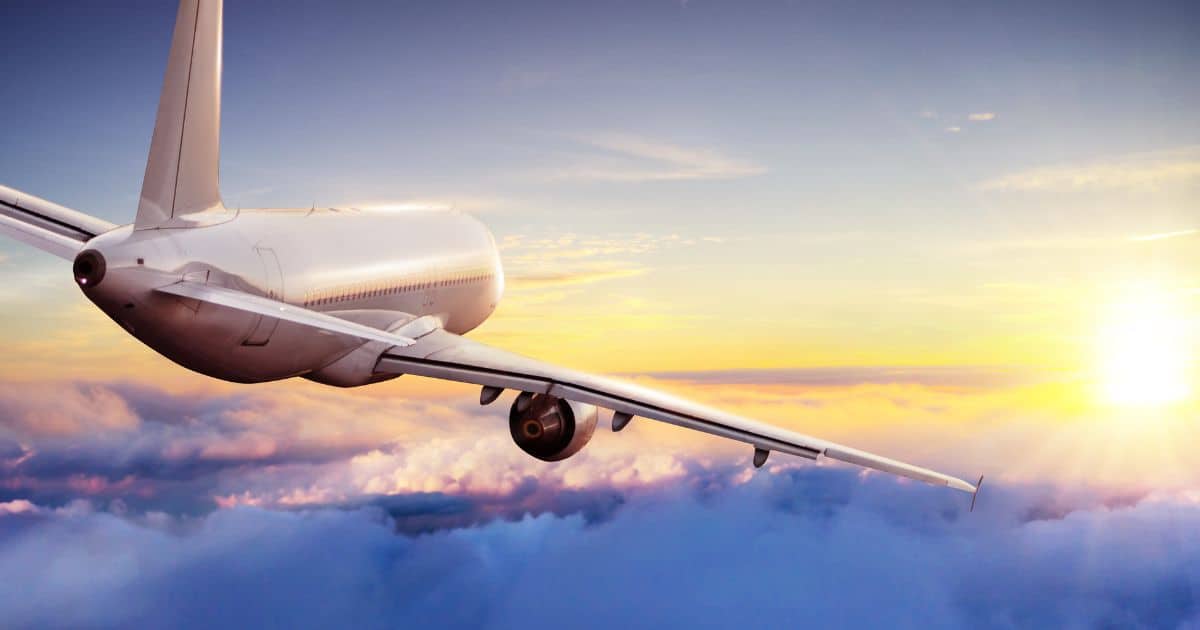


Leave a Reply